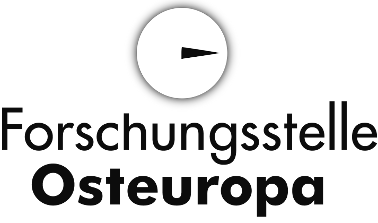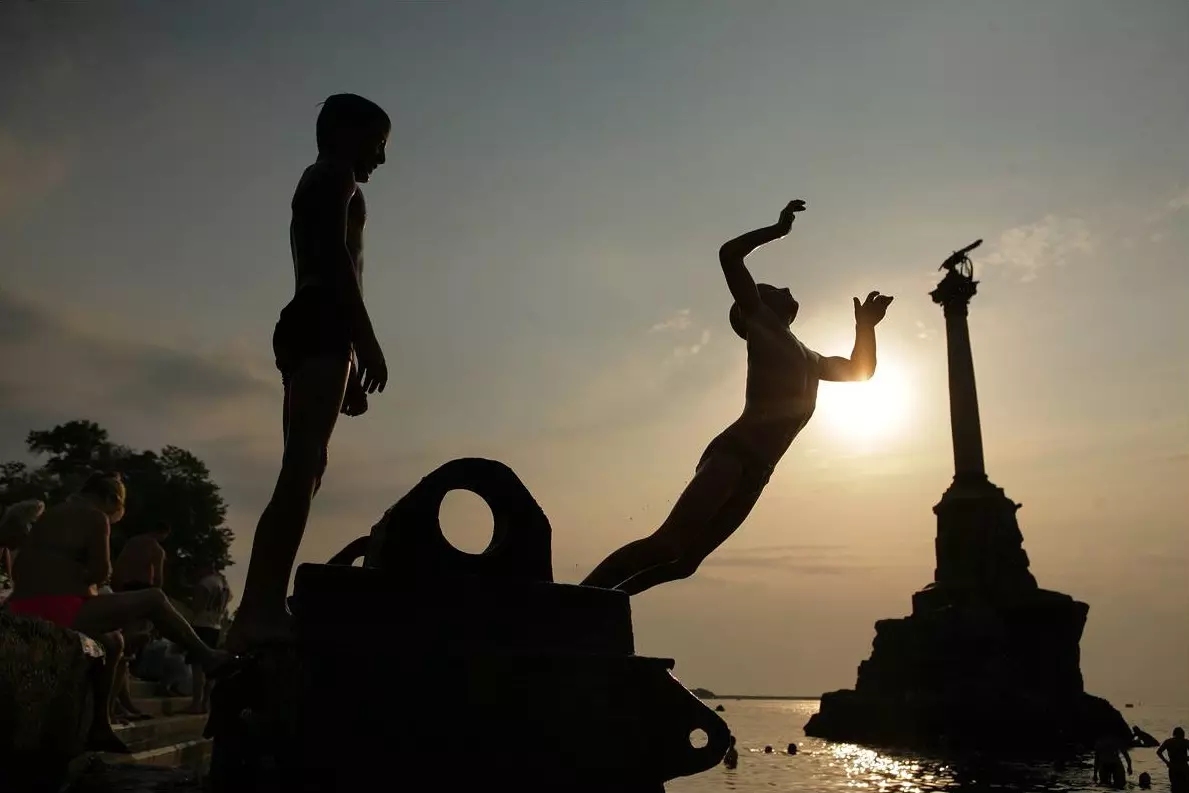

Denis Trubetskoy: Having been born in 1993, I am a member of the generation that was born and grew up in Ukrainian Crimea. Although the peninsula had been part of the Ukrainian Socialist Republic since 1954, people there didn’t feel any sense of belonging to Ukraine, particularly in my home town of Sevastopol. This was partly because it was administered by Moscow on account of the Black Sea Fleet being stationed there during the time of the Soviet Union.
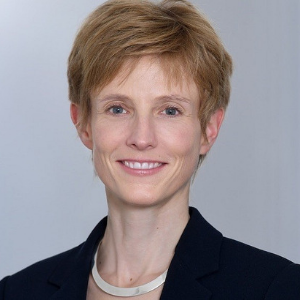
Gwendolyn Sasse: There were already regional aspirations for autonomy in Crimea in Soviet times. The Communist elite in Soviet Ukraine created the Crimean ASSR in 1991. However, when the Soviet Union dissolved at the end of 1991, it was nothing more than an idea and a hollow shell.
In late 1991, 54 percent of Crimean voters backed Ukrainian independence – a smaller majority than those seen in other regions of Ukraine but a majority, nonetheless. Contemporary expectations regarding Ukraine’s economic development helped to form this majority. Independent Ukraine’s first president, Leonid Kravchuk, also won over 50% of the votes in Crimea.
1992–1994 can be described as the period of the rise and fall of Crimean separatism. The mobilization of what would turn out to be a short-lived Russian nationalist movement in Crimea peaked in 1994. Having failed to gain Russian President Boris Yeltsin’s support for its calls for independence or, failing that, far-reaching autonomy, the cause ultimately foundered on internal contradictions and a failure to deliver the concrete economic ideas the Crimean population had hoped for.
Ultimately, both the Constitution of Ukraine of 1996 and the Crimean Constitution of 1998 defined an “Autonomous Republic of Crimea”, although the former also described Ukraine as a unitary state.
This potentially tricky relationship between Kiev and Simferopol established by the Constitution did not become a political problem because autonomy was limited essentially to languages for use in official contexts (Russian and Crimean Tatar in addition to Ukrainian) and local tax revenues.
Crimea’s autonomous status was primarily symbolic; nevertheless, its importance should not be underestimated.
The 1996 Constitution confers special status on the city of Sevastopol which fell under the direct control of Kiev and not that of Simferopol.


Denis Trubetskoy:What this meant in practice, for instance, was that my father, who was born in Sevastopol in 1962, was one of many children who never learned the Ukrainian language, even in school. Ukrainian did not play a role in other parts of Crimea in Soviet times either, despite being taught in schools.
Incidentally, this circumstance is indirectly responsible for the misspelling of my last name in my Ukrainian passport. It should be transcribed into Ukrainian as Трубецький, but my passport says Трубецькой, which is wrong. The simple explanation: government workers in Sevastopol hardly knew any Ukrainian in the period right after the collapse of the Soviet Union – and that’s how this mistake got into the passports.
Unlike my father, my mother came from Southern Ukraine, and she always spoke surzhyk (a mix of Ukrainian and Russian) with her parents. But the Ukrainian language was not something I thought about until I started primary school – which is also when I first realised that the city we lived in was part of Ukraine and not of Russia, though there were people around who claimed otherwise. The language instruction didn’t really have any impact though, since our teachers’ Ukrainian was rather poor.
We were lucky with one teacher because she was a native Ukrainian speaker from Central Ukraine, but only the one. So it’s hardly surprising that today most of my old schoolmates can barely speak Ukrainian at all, particularly given that the language lessons were the object of considerable disdain back then, above all on the part of the children of Russian soldiers. An even stronger sense of disdain came across in history classes though: one of the teachers actually openly said that she didn’t think much of the Ukrainian view of history when it came to the Holodomor. She knows a little German and, being a big supporter of the Russian annexation these days, she never neglects to comment on any piece I publish – in a negative way, of course.

Gwendolyn Sasse: Starting in 1991, a variety of governments in Kiev, reacting pragmatically to the cultural influences in Crimea, refrained from pushing forward a linguistic Ukrainization of the peninsula, despite legislation calling for just that. This decision also had to do with the return of the primarily Russian-speaking Crimean Tatars to the peninsula, though: this population group clearly identified with the Ukrainian state, and Ukrainization was seen as potentially conflicting with its integration.
The mass return of Crimean Tatars from Central Asia, to which they or their forebears had been deported in 1944, changed Crimea in the 1990s. The unregulated immigration and settlement of more than 250,000 Crimean Tatars presented political and administrative challenges, but it also strengthened the connection between Crimea and Kiev: the Crimean Tatars and their representative political body positioned themselves unequivocally on the side of the Ukrainian State, raised demands and, in this context, clearly distanced both themselves and the region from Russia, seen as the successor state of the Soviet Union responsible for the deportation.
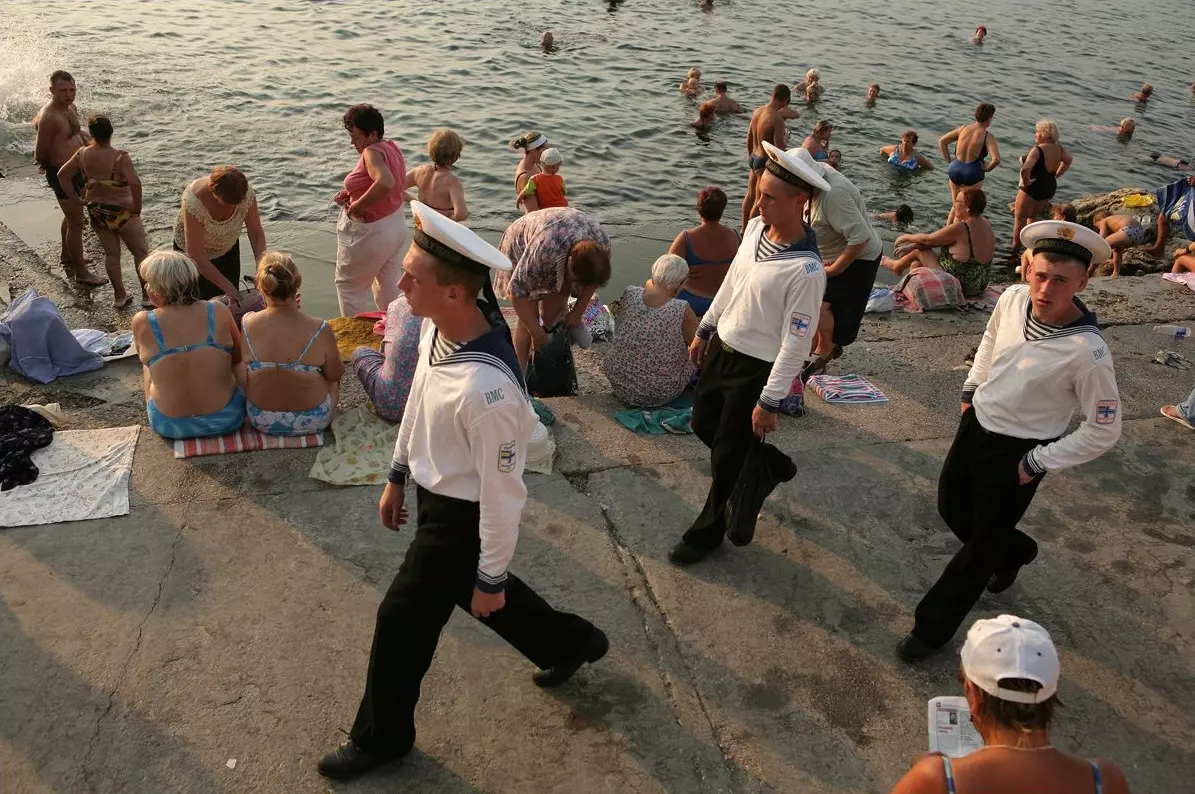

Denis Trubetskoy: And yet does this mean that none of us felt like Ukrainians? Far from it – although the question of identity was a tricky one for many, including me. As a child I was genuinely confused: people were always saying that Sevastopol was a Russian city and that we felt culturally Russian, we rang in the New Year twice, on Moscow time and again on Kiev time, and so on. So what did people mean when they said we belonged to Ukraine? And which football team was I supposed to support, for pity’s sake?
It was, in fact, thanks to football that I first felt a strong sense of belonging to Ukraine: all of Sevastopol cheered when Ukraine’s team booked their ticket to the quarter-finals in the penalty shootout after the match against Switzerland in the 2006 World Cup. Crimea’s football fans were among the peninsula’s most significant pro-Ukrainian forces; the ultras that supported Tavriya Simferopol and FC Sevastopol were friendly with those in Kiev, Lviv and Dnipro – astonishingly enough, even to the point of supporting what were, in some cases, their nationalist ideas.
In fact, every year I was more aware that the bond with Ukraine was growing stronger. For instance: I studied at the Sevastopol branch of Lomonosov Moscow State University. It had been set up on a piece of land belonging to the Black Sea Fleet, partly in response to the fleet’s desire for officers’ children to have the opportunity to study at a prestigious Russian university. And even there I encountered many people who were on Kiev’s side.
We had Ukrainian language classes at the university too, although this was mainly due to Ukrainian legislation. By 2012 at the latest, I had the impression that there was no longer a clear majority in favour of absorption into Russia. And most of the people I knew supported the Maidan revolution in late 2013. Because they wanted a better future for their country which, by that time, was Ukraine. This was until 2014 when the game changed and a massive propaganda campaign was launched by Russian state-run media.

Gwendolyn Sasse: Even after 1996, individual Russian politicians, former Moscow Mayor Yury Luzhkov among them, attempted to promote and instrumentalise Moscow’s political and cultural ties with Crimea and particular with Sevastopol.
Judging by voter turnout and the results of the Ukrainian presidential and parliamentary elections, following a period in which the regional Communist Party dominated, Crimea was firmly integrated within the political landscape of south-eastern Ukraine. Before 2014 it was part of the political base of then President Viktor Yanukovych.
Thus, in the period just prior to 2014, Crimea was certainly not experiencing intense mobilization against Ukraine or on behalf of absorption into Russia.
While the Euromaidan did give rise to some pro-Russian protests in Sevastopol, Russia’s attempts to justify its actions by claiming it had to address discriminatory treatment of the Russian or Russian-speaking population in Crimea and respond to the mobilization of the Crimean population do not correspond to the pre-2014 reality of daily life in Crimea.
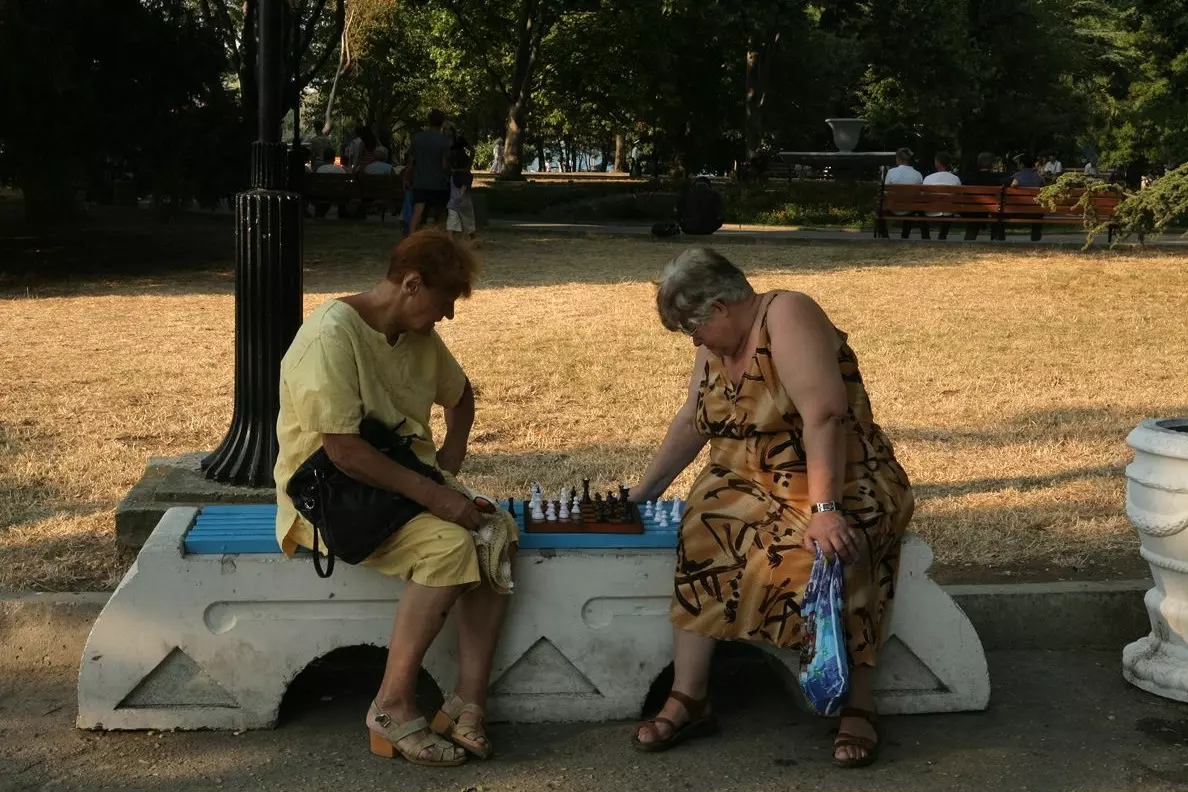

Denis Trubetskoy: However, the situation is not as clear-cut for me as it comes across in many people’s descriptions. For most people living in Crimea the Ukrainian chapter is over. Still… every so often, I hear from an old friend from my student days. His father, a former Russian naval officer, was responsible for the logistics of the annexation. My friend, though, is sincerely concerned about Ukraine and assesses many of the developments in Kiev favourably. At least Ukraine has left at least some traces of itself behind in Crimea.
My own wish is that someday I will be able to go back to Crimea without having to think about politics the whole time I’m there. Getting to Crimea has become difficult, and it has been a long time since I’ve been there, despite the fact that my parents still live in Sevastopol. Of course, that would be the most important thing for me.
In other respects: it would be nice if Moscow and Kiev would stop thinking only in terms of territory and start focusing on the people who live on the peninsula.

Gwendolyn Sasse: In a representative survey conducted in Crimea (2017), 88 percent of the 2000 respondents reported that they had not travelled to another region in Ukraine in the previous three years. In addition to this decrease in travel activity, the survey results indicate a substantial disruption of other forms of contact between residents of Crimea and their relatives in other parts of Ukraine: 44 percent reported having less contact than they did before 2014 (only 7 percent said they had no relatives in other regions of Ukraine). An overwhelming majority of the respondents spoke out in favour of facilitating passage between Crimea and Kherson by road.
Have you visited any regions or cities in Ukraine over the past three years?
n=1915
How often are you in touch with your relatives in Ukraine?
n=667
Sasse, Gwendolyn (2017): Terra Incognita: The Public Mood in Crimea, ZOiS Report 3/2017, Berlin
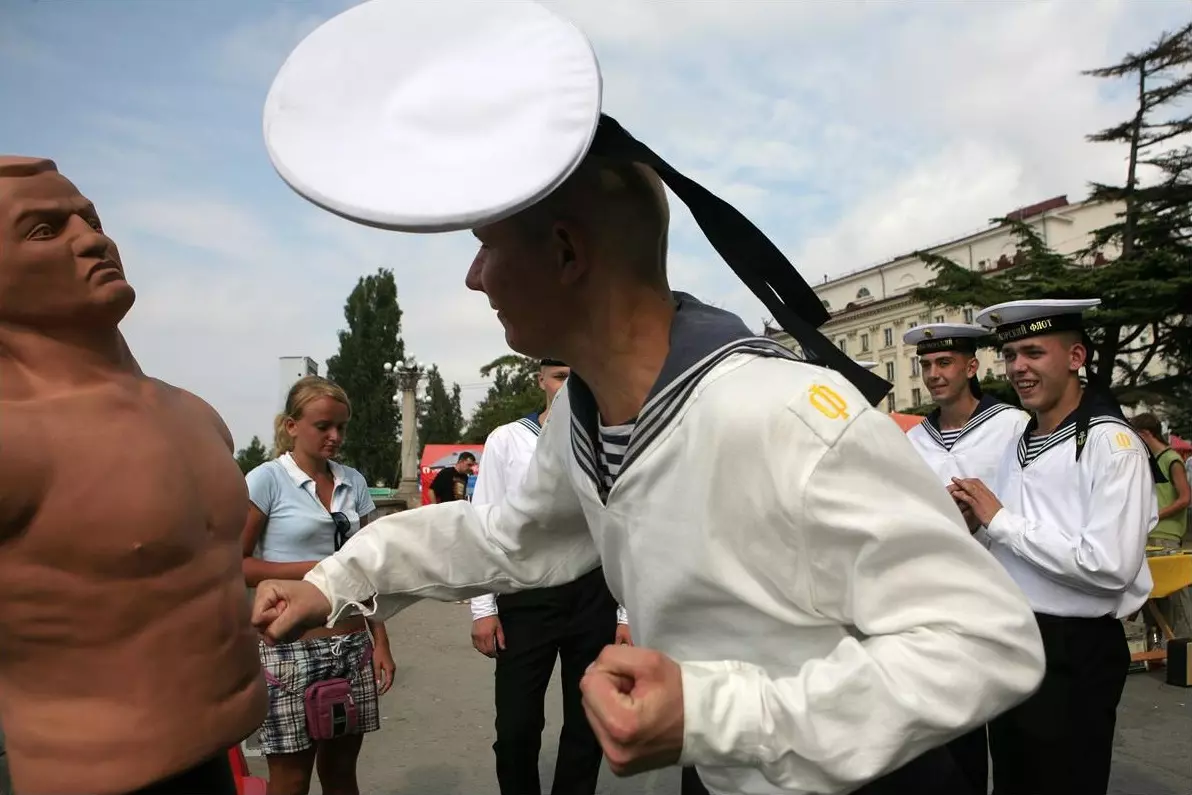

Gwendolyn Sasse is the director of the Centre for East European and International Studies (ZOiS) in Berlin and a professor of comparative politics at the University of Oxford.

Denis Trubetskoy is a Kiev-based freelance journalist who writes for German media outlets. He was born in Sevastopol in Crimea, where he studied television journalism at the local branch of the Lomonosov Moscow State University until 2015. Trubetskoy reports on current affairs in Ukraine, Belarus and Russia for the public broadcaster Mitteldeutscher Rundfunk; the daily Frankfurter Allgemeine Zeitung; the weekly Jüdische Allgemeine; n-ost (Netzwerk für Osteuropa-Berichterstattung), an NGO which is also a news agency specialising in Eastern Europe, and other media outlets.
